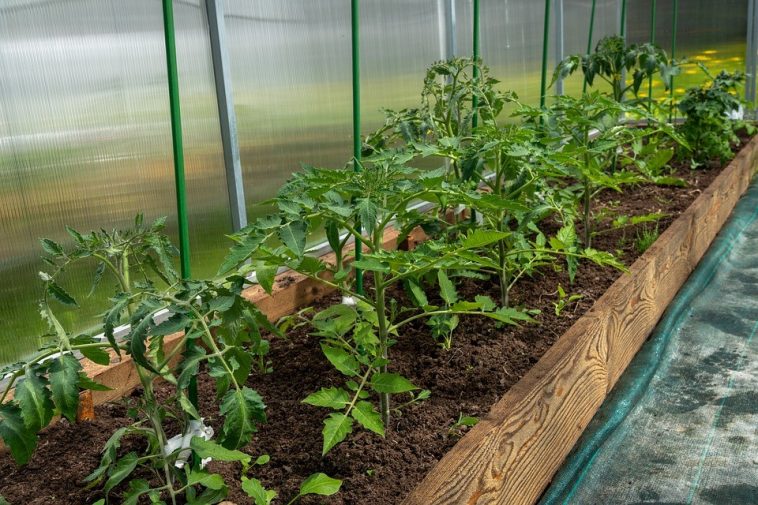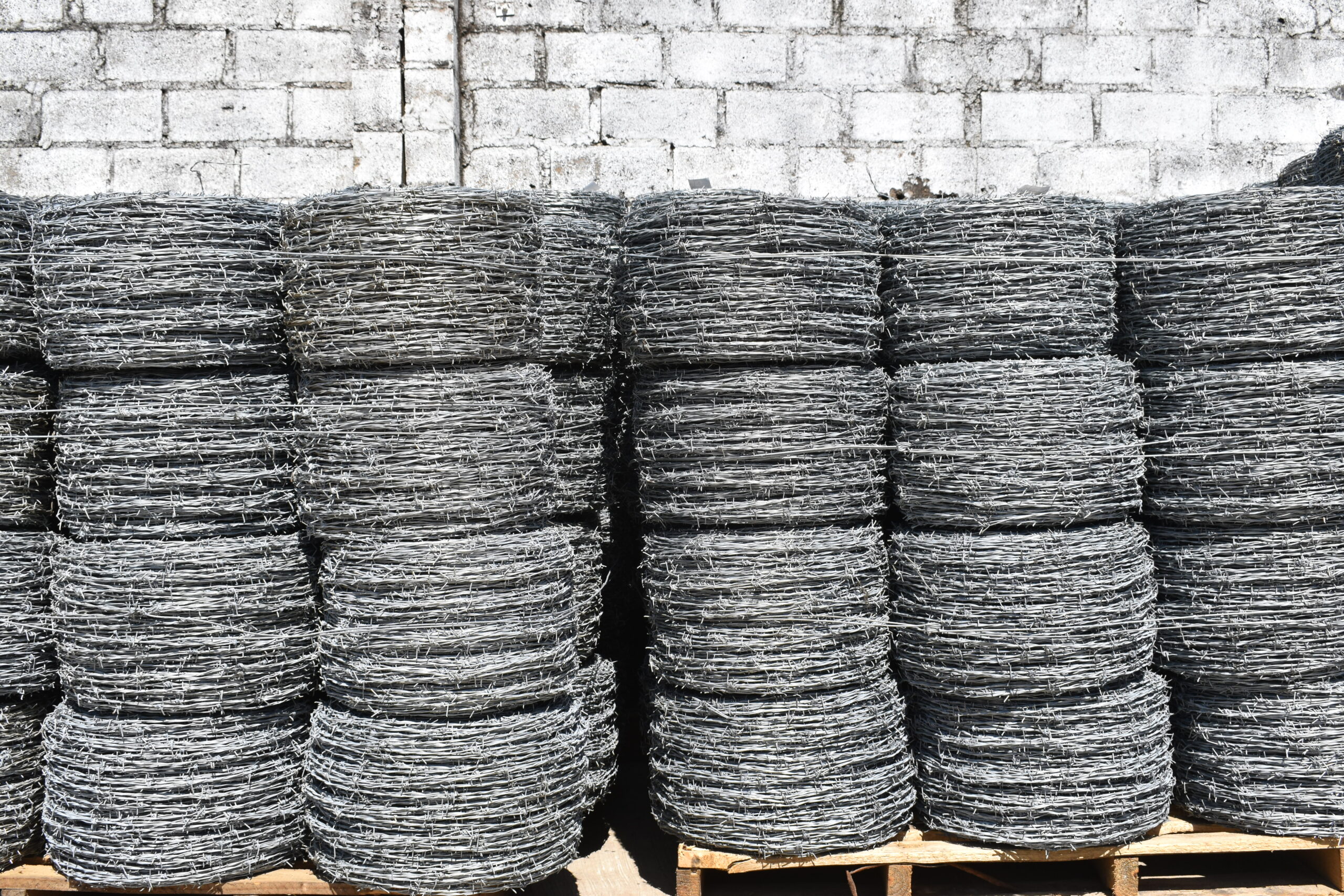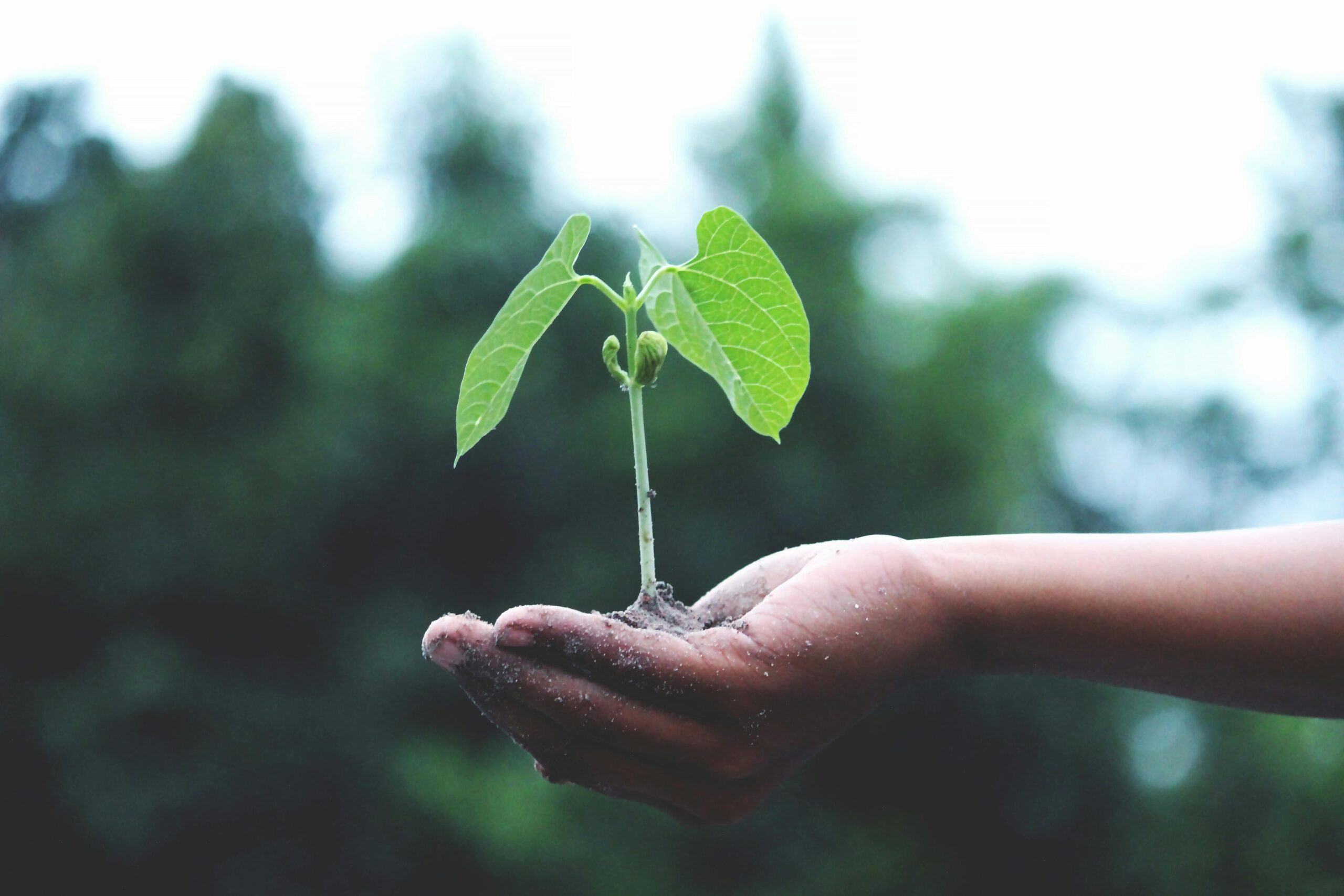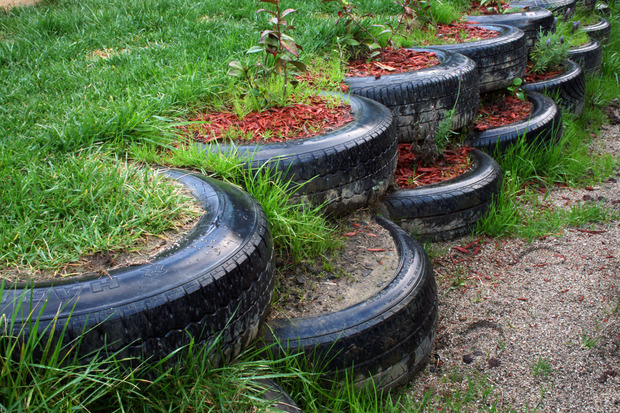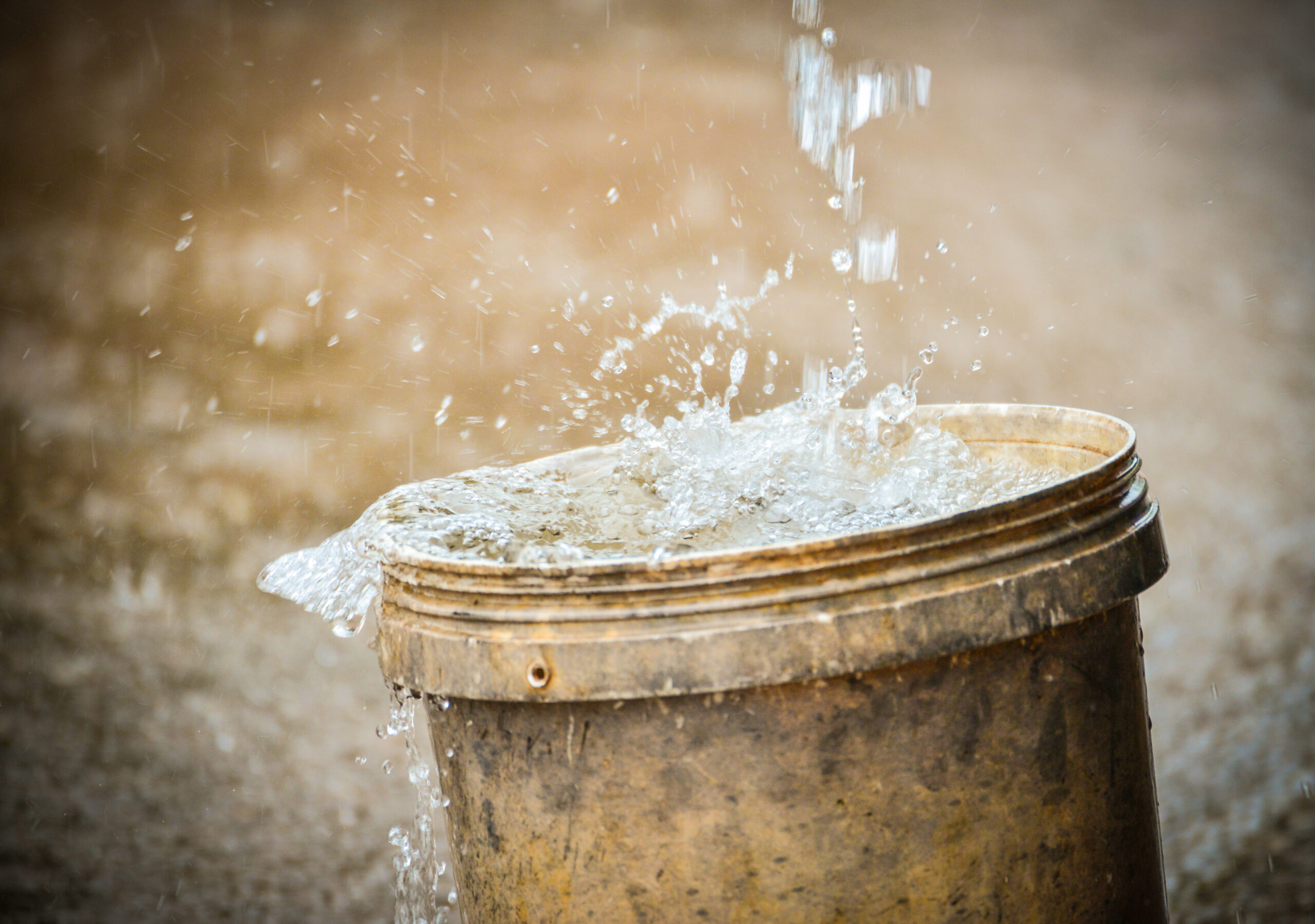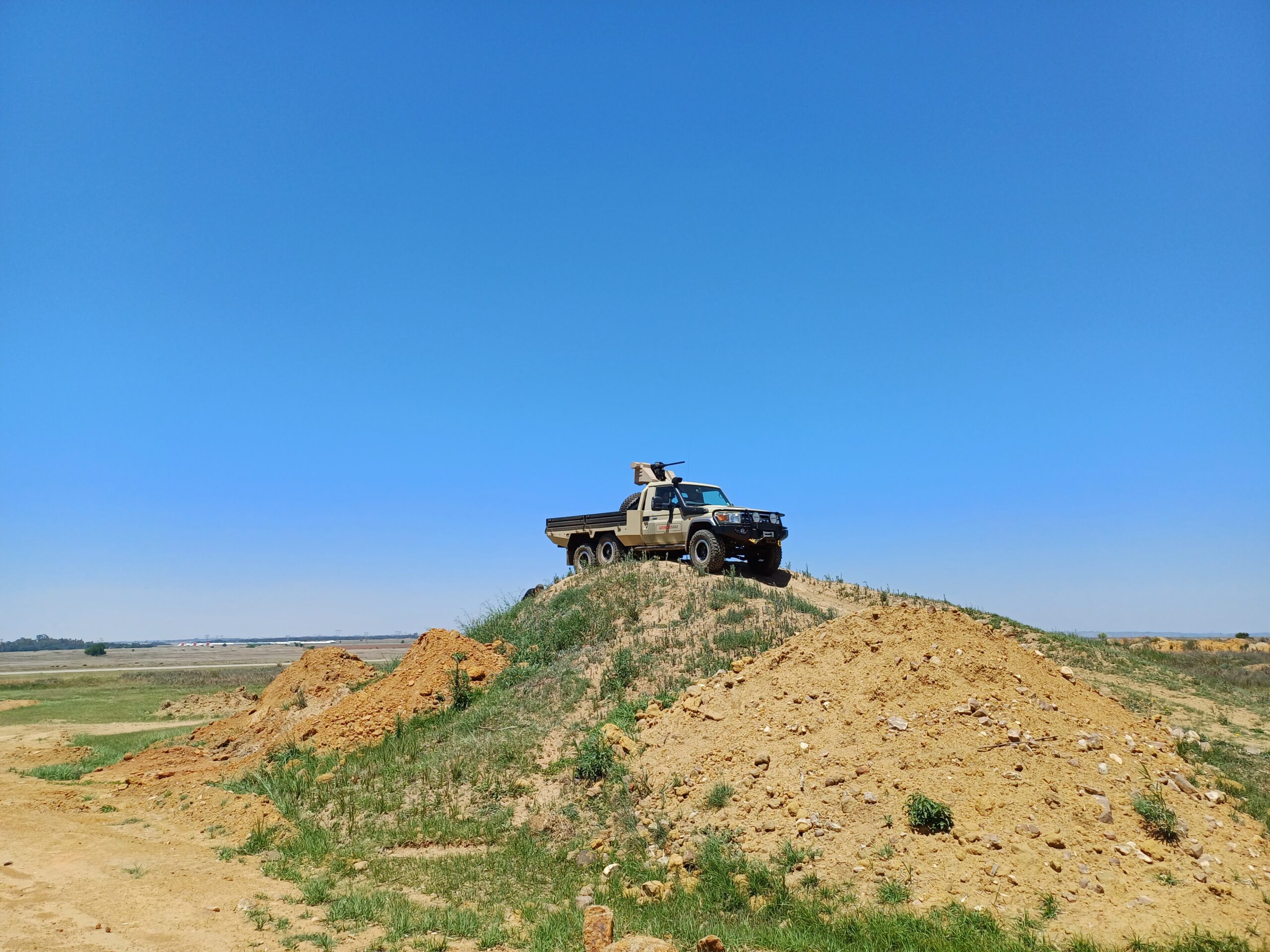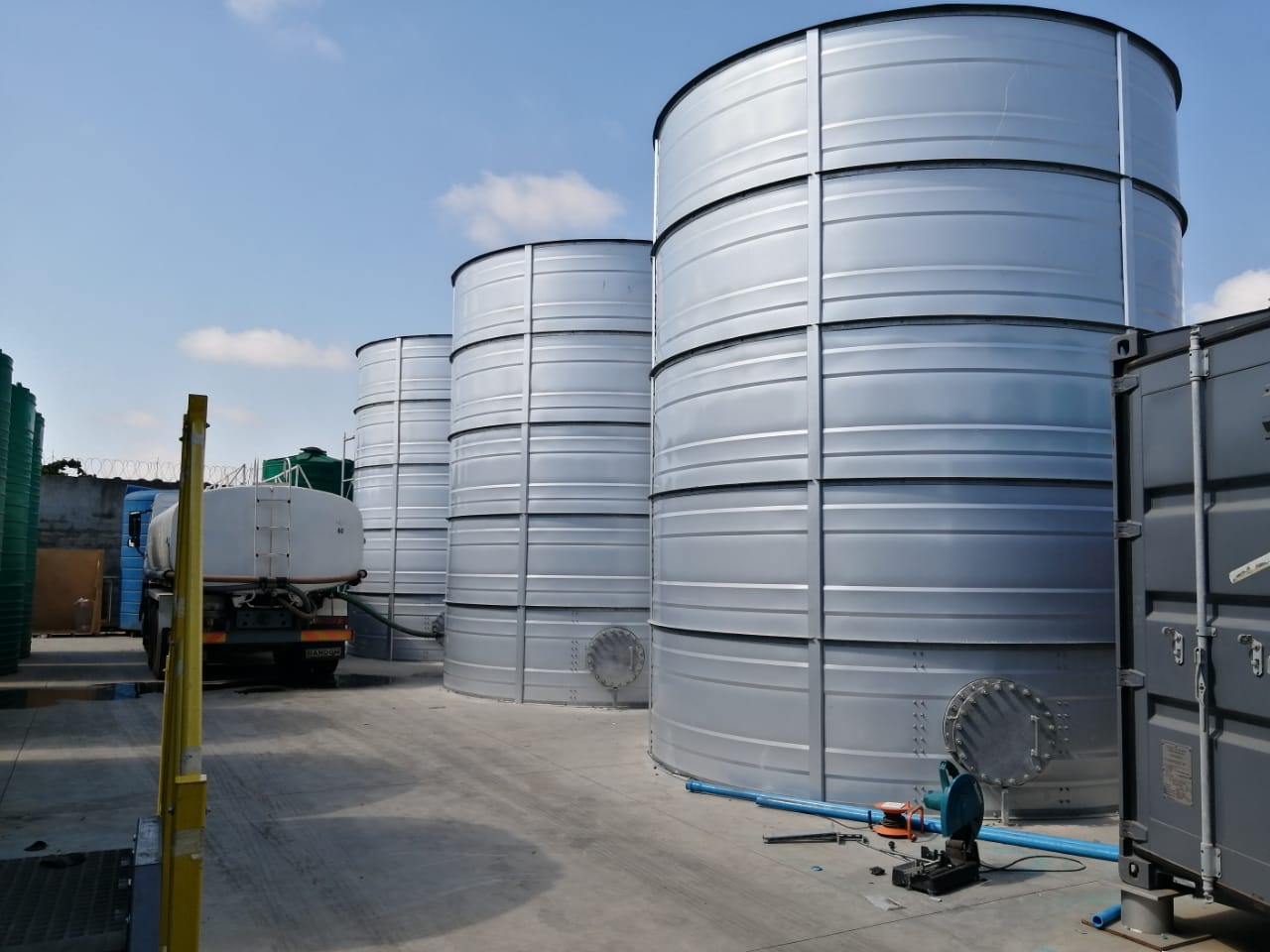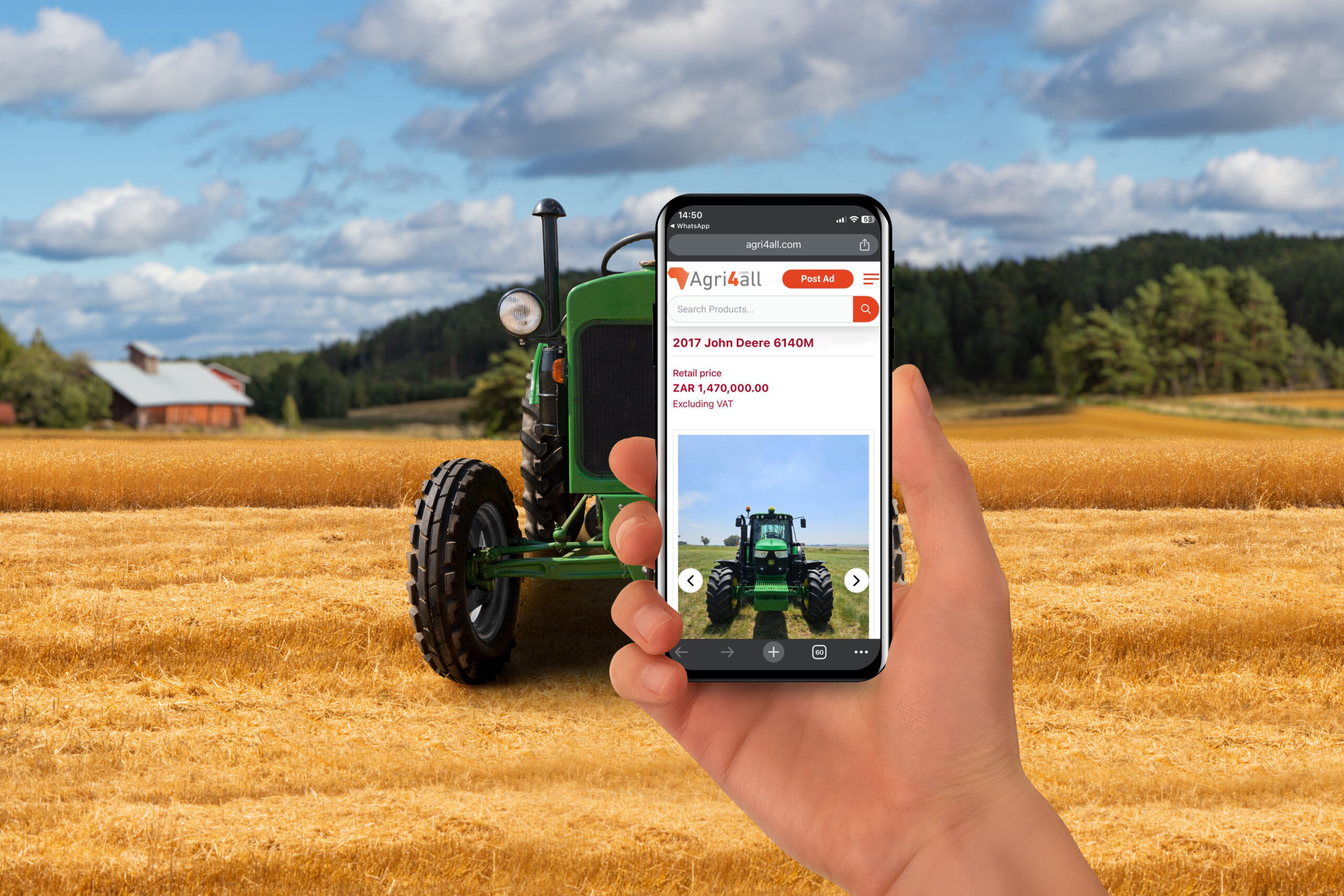Greenhouses make optimum agri-production possible. However, this achievement is only possible if they are used properly, ensuring that the right plants are grown and conditions are set within the corresponding parameters.
Plant selection is the first and most important aspect to ensure success of the project. As always, the most crucial factor to keep in mind is what the market wants. It does not help to plant produce that you cannot sell. Then your growing method will also be a factor. It makes no sense to try and plant cabbage in a hydroponic gutter system, the plants are too big.
Many vegetables can be grown in greenhouses. Cucumbers, string beans, chilli peppers, tomatoes, spinach, microgreens, peppers, melons, peas, leeks, sweet corn, baby carrots, broccoli, pumpkins, garlic, herbs, squash, Swiss chard, kale, and zucchini are among the favourites.
A variety of cucumbers can be planted. A farmer’s selection should always be made according to the market requirements and demand. One advantage of cucumbers is that they grow very well vertically, meaning there is more produce per square metre, and they produce for long periods giving constant income.
To grow plants vertically you must choose indeterminate seeds, as they form long growing vines. Determinate seed varieties will form bushy plants.
String beans are one of the easiest crops to grow. Their ability to also grow vertically and take up very little space make them a worthy investment. Planting every week or two allows one to have a continual harvest.
As a greenhouse allows for better temperature and quality regulation, a product such as chilli peppers do well in greenhouses. Buyers are drawn to firm and fresh-looking chilli peppers, therefore the farmer who is able to pick his produce early and maintain their quality wins.
For numerous farmers, growing tomatoes in greenhouses has proven lucrative. This is due to the high yielding tomato varieties able to produce fifteen kilogrammes per plant, and some varieties even more. Greenhouses are beneficial for their production as they will not suffer from broken stems and a decreased harvest if staked or led properly. The greenhouse also offers better disease control and improved irrigation efficiency.

(Source: Pixabay)
One of the advantages of producing spinach is its ability to regrow after being cut. Not only that, but it grows fast. This means that a farmer can make good returns from the initial planting of one plant!
Microgreens also do well under greenhouse protection as they have very tender leaves. On average they need only 2 to 4 weeks before they can be harvested. Basil, beet, cress, and mustard are examples of these nutrient-rich and pretty leaves. As they are not a common feature in most of SSA they usually sell for a high price.
The colour variety of peppers come in makes them attractive for consumers. Like chillies, peppers are good to sell whilst fresh and firm. Care should be taken to ensure that the outer skin is not damaged or discoloured.
Melons appeal to consumers when they are blemish free with uniform hard skin. The protection greenhouses provide from weather elements and pests makes them a favourite production option.
The possibility to plant successive crops of peas per season makes them a good production crop. There are varieties that can be grown vertically with a lot of production in a small space.
Leeks are generally well priced and require little effort for optimum production.
Maize and specifically sweet corn that is harvested by hand is another good option for production under shade cloth. Adverse weather patterns often make it difficult to guarantee a good crop output. With a greenhouse excess rains, drought and heat stress will not affect it.
Due to their ability to grow when planted at low depths, baby carrots are quite manageable. They do not take long to mature thus can be replanted after harvesting continuously. Broccoli is another good option for greenhouse production. Though a bit challenging to produce with high quality, broccoli usually is constantly in high demand.

(Source: Pixabay)
Pumpkins are another great greenhouse crop. Their growth direction has to be monitored as they can stray into other crops or end up in an area where they are not required. Best prices for them are just before the market floods or after market flooding, therefore a farmer with market information can use this information to his advantage.
Garlic is a low maintenance plant and is not attacked by many pests or diseases, although it takes a long time to grow. It must be clean and fresh to ensure that it is desirable for the market or supermarket buyers. Garlic sells well throughout the year.
There is a variety of Swiss chard and kale types to grow. They are advantageous as they do not take long to grow, and the leaves can be cut repeatedly. They are usually easy to care for and grow.
References
Greenhouse crops. Available at: https://www.netafim.africa/greenhouse/greenhouse-crops/
Qiunn, M. (2014) Avoid the most common greenhouse mistakes with these tips. Available at: https://gardenerspath.com/how-to/greenhouses-and-coldframes/avoid-common-greenhouse-mistakes/
Best crops suitable for greenhouse farming. Available at: https://ourdailyhomestead.com/crops-suitable-for-greenhouse-farming/
Jagdish (2022) Available at: https://www.agrifarming.in/16-key-rules-for-effective-greenhouse-farm-management-from-planning-to-reducing-production-cost
GAPs for greenhouse vegetable crops: Principles for Mediterranean climate areas. FAO plant production and protection paper. Available at: https://www.fao.org/3/i3284e/i3284e.pdf
Campbell, L. Great crops to grow inside a greenhouse. Available at: https://modernfarmer.com/2022/01/what-to-grow-in-a-greenhouse/

